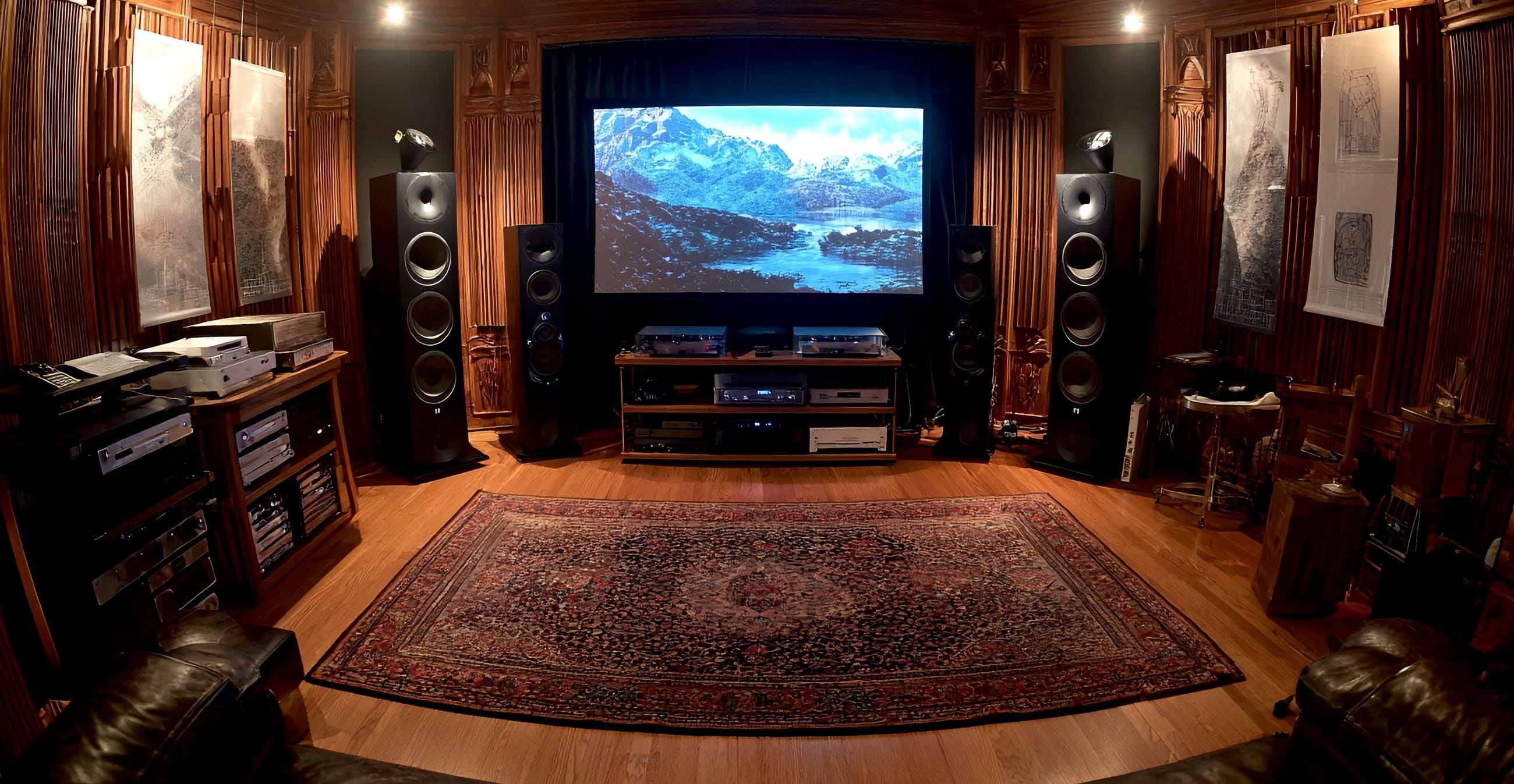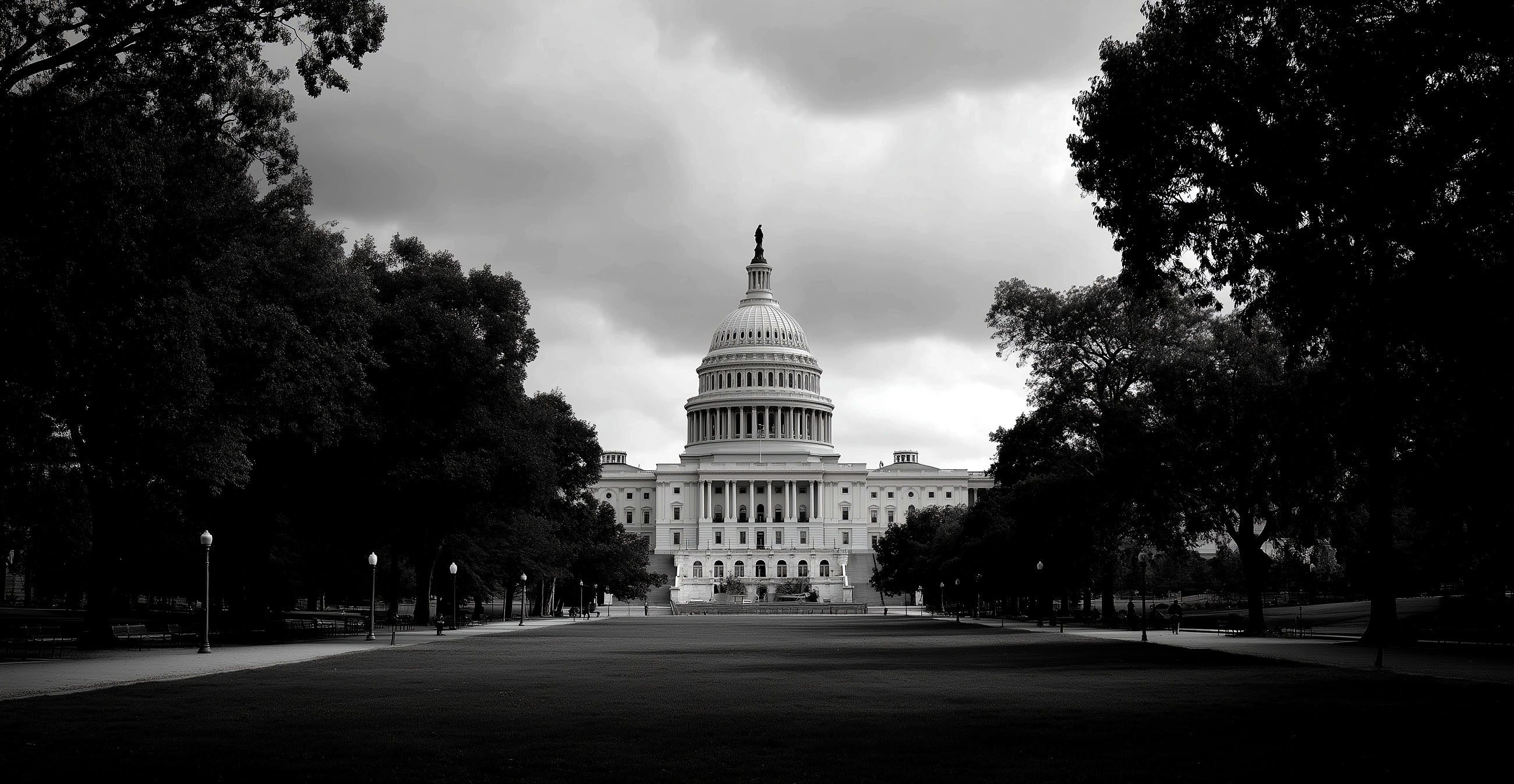These towering giants stretch toward the sky, each a testament to human ingenuity, resilience, and the timeless urge to reach beyond our grasp. As of April 7, 2025, they still stand tall, dominating skylines and inspiring awe. Join us as we count down the top 9 tallest buildings in the world.
9.
Tianjin CTF Finance Centre - Tianjin, China
(530m / 1,739ft)
Completed in 2019, the Tianjin CTF Finance Centre rises 530 meters above the bustling port city of Tianjin. With 97 floors, this sleek skyscraper, designed by Skidmore, Owings & Merrill, features a distinctive curved glass facade that softens its imposing height. Its 388,000 square meters house offices, a hotel, and residential spaces, blending utility with elegance.
The building’s aerodynamic design reduces wind loads—a nod to both engineering precision and nature’s forces. Tianjin, often overshadowed by Beijing, finds its voice in this quiet giant. What small steps have carried you toward your own heights, unnoticed but unwavering?
8.
Guangzhou CTF Finance Centre - Guangzhou, China
(530m / 1,739ft)
Tied at 530 meters, the Guangzhou CTF Finance Centre, completed in 2016, anchors Guangzhou’s skyline with its terracotta-clad elegance. Designed by Kohn Pedersen Fox, this 111-story tower spans 398,000 square meters, offering offices, a luxury hotel, and apartments. Its four distinct setbacks create a rhythmic silhouette, inspired by traditional Chinese architecture.
Boasting one of the world’s fastest elevators—traveling at 20 meters per second—it whisks visitors to the top in under 30 seconds. Amid Guangzhou’s humid bustle, it stands as a symbol of progress. How fast would you rise if fear didn’t hold you back?
7.
One World Trade Center - New York, USA
(541m / 1,776ft)
Rising 541 meters (including its spire), One World Trade Center, completed in 2014, is the Western Hemisphere’s tallest building. Designed by David Childs of Skidmore, Owings & Merrill, its 104 floors stand on the hallowed ground of the former World Trade Center site, a poignant symbol of renewal.
Its spire, reaching 1,776 feet, nods to America’s founding year, while its chamfered glass prism reflects light and strength. The observation deck on floors 100-102 offers breathtaking views of New York’s resilience. What foundations hold your strength after life’s storms?
6.
Lotte World Tower - Seoul, South Korea
(555m / 1,819ft)
Completed in 2017, Seoul’s Lotte World Tower soars 555 meters across 123 floors. Designed by Kohn Pedersen Fox, its gentle taper and glass curtain walls draw from Korean ceramics and calligraphy, marrying tradition with modernity. It houses offices, residences, a hotel, and the world’s highest glass-floored observatory at 478 meters.
Surviving seismic challenges, its reinforced core ensures stability in a dynamic city. From its summit, Seoul’s past and future unfold. What view—literal or metaphorical—would make your heart skip a beat?
5.
Ping An Finance Center - Shenzhen, China
(599m / 1,965ft)
Completed in 2017, the Ping An Finance Center towers 599 meters over Shenzhen, a city that epitomizes China’s rapid rise. Designed by Kohn Pedersen Fox, its 115 floors are wrapped in stainless steel, with a pyramid-like crown originally planned to reach higher but scaled back due to aviation concerns.
Its 562,000 square meters host offices for the Ping An Insurance Company, a hotel, and retail spaces. Shenzhen’s transformation from fishing village to metropolis mirrors this building’s bold ascent. How do you measure your own rise—by height or by heart?
4.
Makkah Royal Clock Tower - Mecca, Saudi Arabia
(601m / 1,972ft)
Standing 601 meters, the Makkah Royal Clock Tower, completed in 2012, is part of a government complex overlooking the Kaaba. Designed by Dar Al-Handasah, its 120 floors feature a 40-meter clock face—visible from 17 kilometers away—and intricate Islamic motifs across its sandstone facade.
With 1.5 million square meters, it serves pilgrims with hotels, shops, and prayer halls. It’s a modern marvel rooted in faith, bridging the earthly and divine. How do you mark time in your own sacred spaces?
3.
Shanghai Tower - Shanghai, China
(632m / 1,073ft)
Completed in 2015, the Shanghai Tower twists 632 meters into the sky across 128 floors. Designed by Gensler, its spiraling glass form—rotating 120 degrees—reduces wind loads by 24%, a masterpiece of sustainable engineering. Its 580,000 square meters include offices, a hotel, and the world’s highest observation deck at 562 meters.
A sky garden on the 119th floor offers serenity above Shanghai’s frenetic pulse. It’s a monument to balance—height and harmony intertwined. Where do you find stillness in a world that never stops?
2.
Merdeka 118 - Kuala Lumpur, Malaysia
(679m / 2,228ft)
Opened in 2023, Merdeka 118 rises 679 meters, making it Southeast Asia’s tallest building. Designed by Fender Katsalidis, its 118 floors draw inspiration from Malaysia’s multicultural heritage, with a faceted exterior mimicking traditional patterns. The spire alone adds 160 meters, symbolizing independence (“Merdeka” means freedom).
Spanning 292,000 square meters, it houses offices, a mosque, and an observation deck with panoramic views of Kuala Lumpur. It’s a bold declaration of identity. What heights would you climb to honor your roots?
1.
Burj Khalifa - Dubai, UAE
(829m / 2,723ft)
Crowning the list at 829 meters, the Burj Khalifa, completed in 2010, is the world’s tallest structure. Designed by Adrian Smith of Skidmore, Owings & Merrill, its 163 floors rise in a neo-futuristic spiral inspired by the Hymenocallis flower. Covering 309,473 square meters, it boasts the highest outdoor observation deck at 555 meters, a hotel by Armani, and luxury residences.
Built with 330,000 cubic meters of concrete and 39,000 tons of steel, it’s a feat of excess and elegance in Dubai’s desert. Have you ever gazed up at something so vast it humbles you—and ignites your own dreams?
A Philosophical Reflection
These nine towers—spanning continents, cultures, and aspirations—are more than steel and glass. They’re humanity’s fingerprints on the infinite, each a chapter in our story of reaching higher. From Tianjin’s understated grace to Dubai’s audacious pinnacle, they ask: How high can we dream? How close can we get to the stars before realizing the journey itself is the triumph? What will you build with the heights you’re given?





